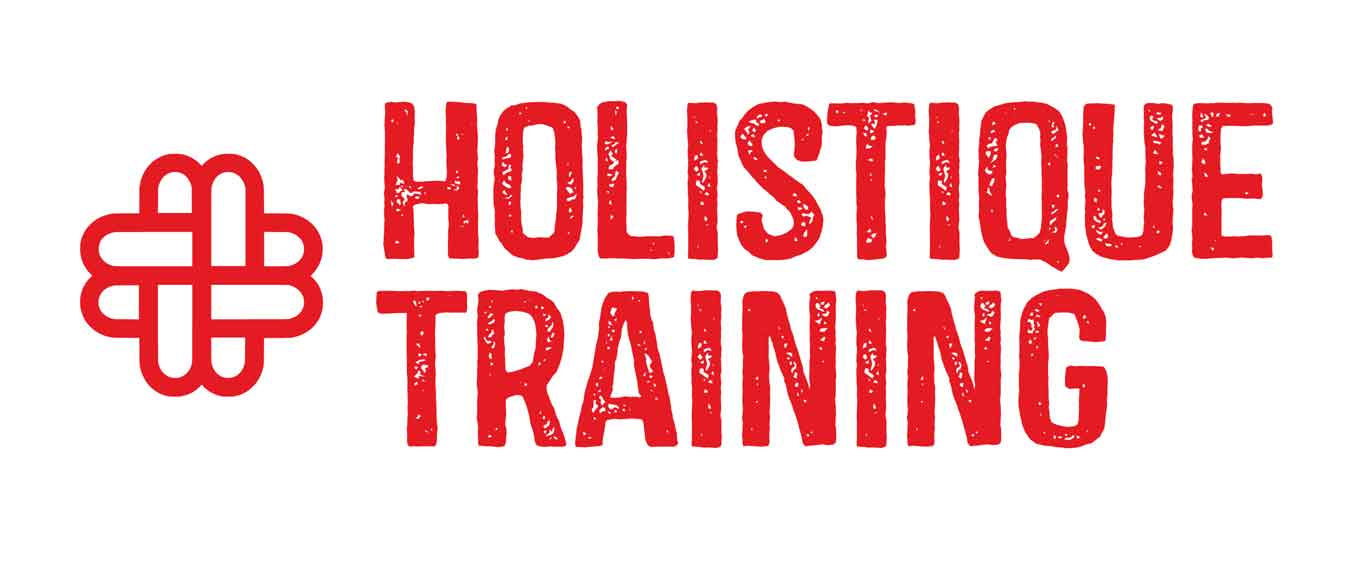- Table of Contents
- Introduction
- Understanding the Chief of Staff Role
- Understanding the Executive Assistant Role
- Key Differences Between the Roles
- Scope of work:
- Level of authority:
- Strategic vs. operational contribution:
- Leadership responsibilities:
- Career trajectory:
- Table 1: When Organisations Typically Need Each Role
- How the Roles Work Together
- Table 2: Comparing Skills and Responsibilities
- Skills Needed to Succeed in Each Role
- Real-World Evidence and Insights
- Hiring the Right Role for the Right Need
- Future Trends Shaping Both Roles
- Conclusion
Introduction
In modern organisations, administrative and strategic support roles have become essential for enabling leaders to operate effectively. Yet two titles often cause confusion: Chief of Staff and Executive Assistant . At first glance, they may appear similar—both work closely with senior leaders, both manage high levels of confidential information, and both act as extensions of the executive. However, the nature of their contribution differs significantly. One operates at a strategic and organisational level, shaping execution and alignment across the business; the other works at an operational and executive-support level, safeguarding time, communication, and daily workflow.
As companies scale and adapt to hybrid work, digital transformation, and increasing complexity, understanding these differences has become more important than ever—particularly for CEOs, HR leaders, and organisational designers who must determine the right structure for their executive office. The following article presents an integrated, comprehensive comparison between the two roles, summarising responsibilities, authority, skills, collaboration, and future trends, supported by credible studies. With fewer subheadings and a cohesive narrative, it is designed to be clear, accessible, and valuable for organisations of all sizes.
Understanding the Chief of Staff Role
A Chief of Staff (CoS) is a strategic advisor and organisational integrator who works directly with a CEO or C-suite leader to translate vision into execution. The role functions as the executive’s “right hand”, enabling them to focus on high-level decisions while ensuring the broader organisation remains aligned with their strategic priorities. Rather than managing diaries or travel, the CoS manages information, priorities, and people. They help coordinate cross-functional initiatives, oversee execution of strategic projects, prepare leadership and board materials, and ensure that the executive office runs with coherence and discipline.
The Harvard Business Review article “The Case for a Chief of Staff” by Dan Ciampa describes the CoS as a force multiplier who integrates information, handles sensitive strategic matters, supports planning cycles, and improves the CEO’s leadership effectiveness. The role is particularly valuable in environments of complexity—fast-growing scale-ups, organisations undergoing transformation, and large companies with multiple business units or regions.
Because a CoS often acts on behalf of the leader, they must possess strong judgement, political intelligence, and a deep understanding of organisational dynamics. They may lead strategic programmes, chair meetings, oversee communications with the board, and mediate between departments. The role varies by context: in start-ups, it is often a flexible generalist position; in large organisations, it may be more formalised and structured, sometimes existing at multiple levels (e.g., Chief of Staff to the COO or CFO).
In terms of authority, the CoS usually reports directly to the CEO or senior executive and may have delegated decision-making power. They often influence resource allocation, timelines, and prioritisation even without direct line authority. Trust between leader and CoS is fundamental—when the CoS speaks, colleagues often interpret it as the CEO’s voice, which places significant weight on the role’s communication skills and discretion.
Understanding the Executive Assistant Role
The Executive Assistant (EA) is an essential operational partner who manages logistics, systems, and daily execution for an executive. Their core role is to protect the executive’s time and attention, ensuring that strategic thinking and high-value leadership work are not derailed by administrative demands. A highly skilled EA anticipates needs, resolves conflicts, manages communication flows, and creates structure in the executive’s schedule.
Key responsibilities typically include diary and inbox management, meeting preparation and follow-up, travel planning, documentation, gatekeeping communication, and maintaining smooth administrative operations. McKinsey’s study on organisational time management (“Making Time Management the Organisation’s Priority”) notes that executives should not stint on high-quality assistants because they play a critical role in helping leaders maintain strategic focus.
Another widely cited finding, linked to the International Association of Administrative Professionals (and quoted in the Navan blog ), states that a strong EA can save an executive up to eight hours per week, effectively reclaiming an entire workday. This highlights the value of the EA as an investment rather than an expense.
Unlike the Chief of Staff, the EA typically does not lead strategic projects or represent the executive in meetings. However, their influence should not be underestimated. They often act as the executive’s first point of contact, control who gets access, and maintain delicate professional relationships. A competent EA ensures the executive’s time aligns with their priorities—not with the loudest or most persistent requests.
Key Differences Between the Roles
Although both roles work in proximity to the executive, the distinction between them is substantial.
Scope of work:
The Chief of Staff focuses on the organisation , while the Executive Assistant focuses on the executive . The CoS influences strategy, alignment, and execution; the EA influences productivity, communication, and daily workflow.
Level of authority:
A CoS often makes decisions, represents the executive, chairs meetings, and oversees cross-functional initiatives. An EA has authority primarily over operational processes such as scheduling and communication flow.
Strategic vs. operational contribution:
The CoS is deeply involved in annual planning, OKRs, performance dashboards, organisational communication, and strategic programmes. The EA is involved in meetings, documents, travel, scheduling, and administration.
Leadership responsibilities:
CoS roles may include team leadership or project leadership. EAs rarely have direct reports, although they may guide junior assistants.
Confidential information:
While both roles handle confidential information, the CoS deals with matters like restructuring, acquisitions, performance concerns, or board communication; the EA handles personal, logistical, and communication-related confidentiality.
Career trajectory:
Chiefs of Staff often progress into leadership roles such as Head of Strategy, Operations Director, or even C-suite. EAs typically advance to senior executive support roles or transition into operations or project roles if they develop those competencies.
Table 1: When Organisations Typically Need Each Role
Organisational Situation | Most Suitable Role | Reasoning |
Executive overwhelmed by emails, meetings, logistics | Executive Assistant | Primary challenge is administrative workload |
Strategy stalls between departments | Chief of Staff | Need for cross-functional coordination |
Investor or board demands increase | Chief of Staff (with EA support) | CoS leads strategy and communication; EA supports admin |
Executive spends too much time on operational admin | Executive Assistant | EA can reclaim a full day of productive time each week |
Leadership lacks alignment or direction | Chief of Staff | CoS drives clarity, priorities, and execution |
Organisation scaling across regions or functions | Chief of Staff + Executive Assistant | Complexity requires both strategic and operational support |
How the Roles Work Together
In many organisations, the most effective model is not choosing between a Chief of Staff and an Executive Assistant, but employing both roles in complement. The EA creates order, structure, and time; the CoS ensures that the executive office focuses on the right strategic priorities. Together, they create a steady operating rhythm for the leader and the organisation.
The CoS may plan strategic initiatives, prepare leadership-team agendas, work with cross-functional leaders to monitor progress, and ensure that information flows correctly. Meanwhile, the EA ensures the diary reflects strategic priorities, that key meetings have the right preparation and follow-up, and that the executive’s schedule supports—not undermines—the strategic agenda.
This partnership is particularly effective during moments of organisational intensity, such as funding rounds, product launches, restructures, or international expansion. The CoS ensures alignment and readiness across departments, while the EA ensures the CEO can physically and mentally navigate the demanding schedule. Organisations that successfully integrate both roles often experience smoother communication, fewer bottlenecks, and stronger execution.
Table 2: Comparing Skills and Responsibilities
Category | Chief of Staff | Executive Assistant |
Primary purpose | Strategy, alignment, organisational execution | Protecting executive’s time and managing operations |
Strategic involvement | Very high | Moderate – mainly for prioritisation |
Administrative tasks | Low | Very high |
Decision-making | Significant delegated authority | Limited, mostly operational |
People leadership | Often leads projects or teams | Rare |
Confidential information | Strategic, political, organisation-wide | Personal, communication and logistical |
Essential skills | Strategic thinking, analysis, stakeholder mgmt. | Organisation, communication, time management |
Career progression | Senior leadership roles | Senior EA, office manager, or operations roles |
Skills Needed to Succeed in Each Role
A successful Chief of Staff requires systems thinking, analytical ability, political intelligence, and exceptional communication skills. They must read the organisation’s power dynamics, mediate conflict, balance competing priorities, and prepare the executive for complex decisions. The Harvard Business Review analysis of the CoS role emphasises the importance of managing tension, navigating informal networks, and providing candid, trusted counsel to the CEO.
An outstanding Executive Assistant, on the other hand, must excel in organisation, prioritisation, attention to detail, and diplomacy. They must manage demanding diaries, maintain boundaries, protect the executive’s time, and resolve last-minute changes while remaining calm and discreet. According to McKinsey, effective assistants significantly improve leadership performance by keeping leaders focused on meaningful work.
Both roles require strong interpersonal skills and a deep sense of professional integrity. Their effectiveness depends not just on technical skills but on trust, anticipation, judgement, and the ability to act as extensions of the executive they serve.
Real-World Evidence and Insights
Research consistently shows that both roles materially impact leadership performance. The Harvard Business Review highlights how Chiefs of Staff accelerate decision-making, reduce executive overload, and improve organisational alignment. McKinsey’s research confirms that time management is an organisational challenge requiring structural solutions, not simply personal productivity strategies. Meanwhile, the IAAP-linked statistic demonstrating that EAs save executives up to eight hours per week underscores the financial and operational impact of high-quality administrative support.
These findings illustrate that organisations benefit from support roles at multiple levels. A CoS ensures that strategic initiatives are not derailed by miscommunication or lack of alignment. An EA ensures that operational details never hinder the executive’s focus or energy. Together, they make leadership sustainable rather than overwhelming.
Hiring the Right Role for the Right Need
When hiring, organisations must first diagnose what problem they are trying to solve. If executives are overwhelmed by scheduling, inbox volume, travel arrangements, and daily administrative tasks, an EA is essential. If the organisation struggles with execution, alignment across teams, or strategic clarity, a CoS becomes more important.
Some leaders mistakenly hire a CoS expecting them to perform EA duties, while others hire an EA expecting them to manage strategy. Misalignment in expectations is one of the most common reasons these roles fail. Clear role definitions, aligned expectations, and structured operating norms are essential for success in both positions.
Organisations should consider growth stage, industry complexity, leadership style, and internal capability gaps when deciding which role—or combination of roles—is appropriate. In many scaling companies, the best solution is a Chief of Staff who works closely with a strong Executive Assistant, creating a robust executive office capable of managing both strategic and operational pressures.
Future Trends Shaping Both Roles
Technology, AI, and hybrid work are reshaping the future of executive support. AI tools are increasingly capable of automating routine administrative tasks such as scheduling, email sorting, note-taking, and document preparation. This shift will not eliminate EA roles but will elevate them, allowing assistants to become more relationship-oriented and project-focused.
Chiefs of Staff will gain even greater importance as organisations become more fragmented across geographical boundaries and digital channels. Their role as integrators—aligning people, priorities, and processes—will be essential in complex, distributed environments. Meanwhile, hybrid roles such as “Strategic EA” or “Business Manager to the CEO” may emerge more frequently as organisations experiment with blending responsibilities.
For organisations operating across continents, both roles will require enhanced digital literacy, stronger communication skills, and the ability to coordinate teams and stakeholders asynchronously. Ultimately, both roles will evolve rather than disappear, contributing to more resilient and better-coordinated executive leadership.
Conclusion
Although the Chief of Staff and Executive Assistant both serve the same leader, their contributions differ profoundly in scope, authority, and organisational impact. The Executive Assistant is the operational anchor who protects time, manages communication, and ensures daily order; without them, executives become overloaded with logistics and lose the space needed for strategic thinking. The Chief of Staff, by contrast, is the strategic integrator who connects vision to execution, aligns departments, manages priorities, and enhances organisational performance. Understanding these distinctions enables organisations to invest wisely in the structure of their executive office. In practice, many leaders benefit most from a combination of both roles: a strong EA to create time and stability, and a capable CoS to ensure strategic clarity and organisational follow-through. Together, they elevate leadership effectiveness, strengthen organisational alignment, and create a foundation for sustainable growth in an increasingly complex professional environment.






















